Fixed: USB Device Not Recognized in Windows 11/10 (7 Methods)
USB device on your computer is malfunctioned or not recognized in Windows 11/10? Don't be panic. This article provides you with 7 solutions to troubleshoot the USB device not recognized issue, and you can try them one by one until your computer can recognize the USB drive and access data properly. If your USB drive is damaged and unreadable, you can follow steps in the last section to rescue lost data from corrupted USB drives.
Symptom of the USB Device Not Recognized issue
"Can anyone here help me with this troublesome error message which keeps popping up on my screen? It appears every time I insert my memory card which is connected via a card reader. This error had never appeared before I installed some system updates yesterday. The error message says the USB device not recognized and one of the USB device attached to this PC has malfunctioned and Windows does not recognize it. It is true that the memory card does not show up in This PC. I tried a different card reader and still get the error! Could you please tell me how to repair this crazy problem?"
Sometimes when you insert a USB device to your Windows PC, you may receive a "USB Device Not Recognized" error message which pops up in the right corner of taskbar. When the error appears, the USB drive does not show up in File Explorer, which means you cannot access files in the device if it is a storage device, for example USB flash drives. What's more, this issue does not belong to a specific version of Windows operating systems, and it may happen to all current versions of Windows. This is one of the most common errors on USB devices and it usually drives users to frustration. Here is the exact content of the error message:
In Windows 7, Windows Vista or Windows XP, the error message says "USB Device Not Recognized. One of the USB devices attached to this computer has malfunctioned, and Windows does not recognize it. For assistance in solving this problem, click this message." In Windows 11, Windows 10, or Windows 8, the error message will be "USB device not recognized. The last USB device you connected to this computer malfunctioned, and Windows does not recognize it. Recommendation. Try reconnecting the device. If Windows still does not recognizing it, your device may not be working properly."
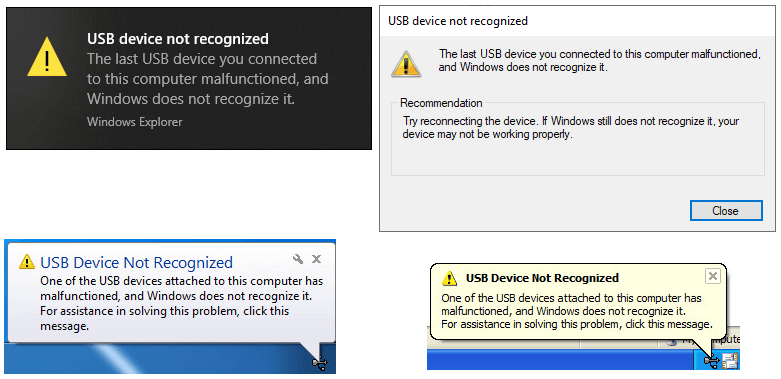
If you click the message box, you will get a window which gives a recommendation "Try reconnecting the device. If Windows still does not recognize it, your device may not be working properly." If you check Windows Device Manager, you can see a yellow alert icon tagged the device; and the device is shown as Unknown USB Device (Device Descriptor Request Failed) under Universal Serial Bus Controllers.
Windows operating system is designed to be compatible with all kinds of PC accessories, especially USB-based add-ons such as USB flash drives, external hard drives, SD cards, microphones, webcams, game controllers, etc. Most such peripherals work out-of-the-box, but in some cases, the unrecognized error occurs. This error is quite common and has been talked about on various tech forums and communities. No matter what version of Windows you are using, you are like to get this error more than once in your lifetime.
Why does my USB device not recognized keep popping up?
In fact, there is not exact or specific causes that account for the issue, and we have to identify the problem and try sorts of approaches to solve it. Here are some common causes related to the error:
- Faulty USB ports or cables: There might be physical damages or wear and tear to USB ports on your computer and the cables of your external HDDs, preventing the connection and data transfer.
- Driver issues: Drivers are in charge of communications between USB devices and Windows operating systems, so corrupted or outdated drivers will lead to recognizing issues.
- Power supply issues: Some USB devices require more power than the USB port can supply, as sufficient power is needed to build the connection.
- Malfunctioned devices: The USB drive itself might be damaged due to hardware issues, which will prevent it from being detected and recognized by Windows.
- System errors: Operating system may include errors, and we need to install system updates to fix bugs, vulnerabilities, compatibility issues, etc.
- USB controller issues: Incorrect controller settings can lead to conflicts or glitches that prevent the proper functioning of USB drives and USB ports.
How can I fix USB device not recognized? The USB not recognizing problem can be a big headache. However, that does not mean it cannot be fixed. Each of these factors could potentially contribute to the USB device not recognized issue, and thus the troubleshooting involves more than one solutions. The following parts provide a couple of the most effective solutions that can help you get rid of it.
Solution 1: Try a different USB port
First and foremost, you should make sure there is no problem with the USB port. You can disconnect the USB device which cannot be recognized by Windows and then reconnect it via a different USB port. Do not connect the USB device via USB hubs. In many cases, the "the last USB device you connected to this computer malfunction" error is just temporary, and changing a USB port should get rid of the error.
If your computer is a desktop, then you can also try connecting the USB device to computer via the USB port on the back of the case. Those USB ports placed at the back of computer case usually have better power supply.
Besides, you can try the USB device on a different computer and check if the error still appears.
Solution 2: Rescan the device in Device Manager
There are some cases that the USB device not recognized is caused by operating system conflicts, which can be solved by rescanning the device in Device Manager.
Step 1. Log into Windows 10 or Windows 11 with your administrative account and open Run dialogue via pressing Windows and R keys.
Step 2. Type "devmgmt.msc" in Run box and press Enter key, which opens Device Manager. You can also launch Device Manager by right-clicking the Start button > choosing "Device Manager".
Step 3. In Device Manager, click "Action" menu and select "Scan for hardware changes" option. Then system will try to connect to any new devices connected to your PC. If your USB device still cannot be recognized after scanning, you should go on trying other solutions.
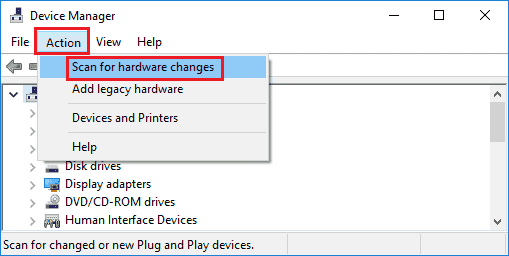
Solution 3: Remove computer power supply
This is a super easy solution! If this solution works, you'll save a lot of time. Unplugging computer power supply does not mean simply turning off computer with the power button. That's because most computers do not actually shut down completely, as the motherboard still gets power. Thus, you need to remove power battery from laptop or unplug power supply from the back of computer case.
Motherboard is the very place where all hardware is connected, including USB ports. Sometimes the motherboard should be rebooted when things go wrong. When power is removed, the microprocessor on the motherboard will reload drivers for USB ports, after which the USB device might be recognized again. Therefore, you can try shutting down computer and removing power supply for a while, and then plugging it back and restarting Windows.
Besides, the USB not recognized issue in Windows can also be caused by a dirty or loose RAM. Thus, after removing power supply you can manually remove the RAW and clean it. Cleaning RAM can also help a bit in improving speed.
Solution 4: Update USB device drivers
USB devices are connected to computers via USB ports, via which they become able to communicate with host controllers on motherboard. And the process is managed by driver software. Drivers are responsible for being an instruction which can be read by computer to interact with devices. Drivers contain various manuals which tell computer where it attempts to perform basic input/output actions with connected devices. When you get USB not recognized error, it is likely that there is something wrong with device drivers. Hence, this problem can be removed via fixing incorrect or outdated drivers. Here is how to update USB device drivers.
Step 1. Open Device Manager. Right-click on Start menu and select Device Manager option from Start menu; if you are using Windows 7, you need to right-click on Computer icon and select "Manage", after which you can select "Device Manager".
Step 2. Browse and expand Universal Serial Bus Controllers, and you can find the device is tagged as Unknown devices.
Step 3. Right-click on the Unknown Device and select Properties. Then select Driver tab from the Properties window.
Step 4. Click Update Driver button and click "OK" button.
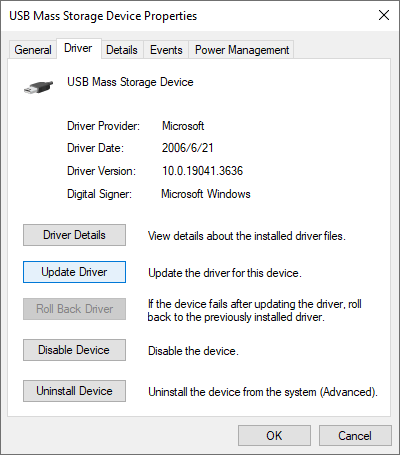
When you are asked how to do with drivers, choose "Search automatically for drivers" on the popped-up window. Then Windows will search your computer for the best available driver and install it on your device.
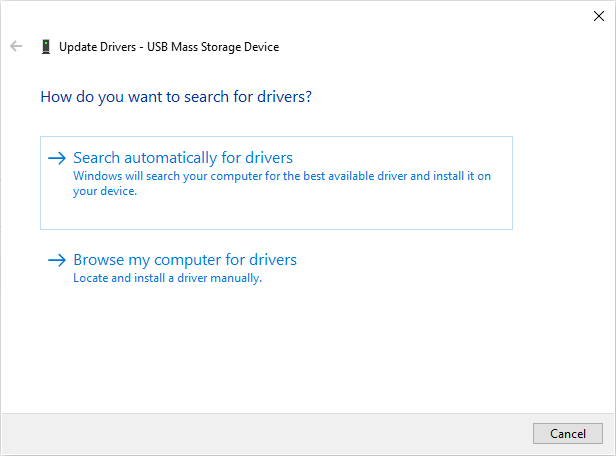
If this does not work, you can try updating drivers manually: go to the website of the device's manufacturer and download the latest drivers. Then run the driver installer to get drivers installed, after which you need to restart computer.
Solution 5: Fix USB root hub
There are some cases that USB device does not work properly issue is caused by improper power management settings. So you can try following steps to fix it.
Step 1. Still open "Device Manager" and expand Universal Serial Bus Controllers to locate items like USB Root Hub.
Step 2. Right-click on USB Root Hub and select Properties.
Step 3. On the Properties window select Power Management tab and uncheck Allow the computer to turn off this device to save power. Then click "OK" button.
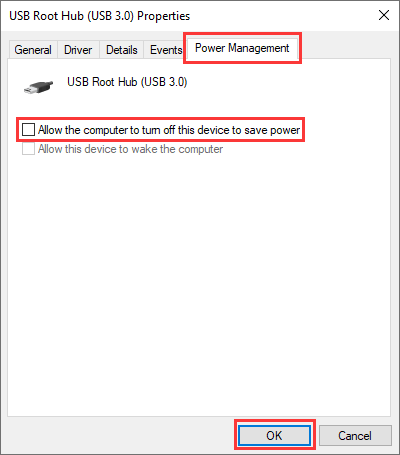
If there are multiple USB Root Hubs on your computer, you need to repeat this operation on all of them.
Solution 6: Uninstall hidden devices
By default, Windows Device Manager does not show all devices installed to computer, as it displays those that you are operating. Sometimes some hidden devices may conflict with connected devices and cause the problem. So we can view all hidden devices and uninstall useless devices to avoid any issues.
Step 1. Launch Command Prompt as administrator. For Windows 10 users, you can type cmd in searching box, and you will see "Command Prompt" app in searching result. Click Run as administrator.
Step 2. Type following commands in Command Prompt and press Enter after each command:
set DEVMGR_SHOW_DETAILS=1
set DEVMGR_SHOW_NONPRESENT_DEVICES=1
start devmgmt.msc
Step 3. Now Device Manager is launched and you should click View menu and choose "Show hidden devices" option.
Step 4. You can identify devices which are greyed out and unknown device. Right-click one and choose Uninstall. Repeat this action until all problematic devices are removed.
Solution 7: Disable USB selective suspend settings
The USB selective suspend setting is a feature provided to assign certain USB port to a power saving mode, which works like the computer's sleep mode. Such feature is very useful when your laptop or tablet is only on battery. However, if you are using a desktop, this feature is not necessary, and sometimes causes USB device not recognized issue. Here is how to disable it:
Step 1. Type "power plan" in searching box next to the Start menu. Then click Choose a power plan from searching result.
Step 2. Select Change Plan Settings next to your currently selected plan. Then choose Change advanced power settings.
Step 3. On the "Power Options" window, you can select the power plan that you want to customize, and then choose settings that reflect how you want your computer to manage power. Then browse items in the box to expand "USB settings" and then expand" USB selective suspend settings".
Step 4. Choose "Disabled" from the drop-down list. Then click Apply and OK button to save changes.
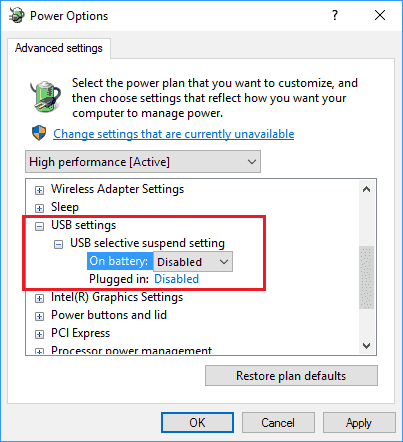
How to retrieve data from malfunctioned or not recognized USB drives?
These solutions introduced above are possible methods said to be effective to repair USB device not recognized issue. If none of them works on your USB drive, you can try USB drive recovery software to retrieve data from damaged and malfunctioned USB disks. DiskGenius Professional Edition can help you if the USB disk is not displayed in File Explorer and it is compatible with all versions of Windows operating systems.
With this recovery software, you can retrieve data from corrupted drives, for example, SD card not showing up in File Explorer but shows in Disk Management, uninitialized hard drive, RAW partition, unallocated external HDDs, etc.
Connect your USB drive to computer and launch the drive recovery software, and you can follow these steps to recover data.
Step 1. Select the USB device where you want to recover data, click "File Recovery" button. Select "Complete Recovery" and "Search For Known File Types" option from the Recover Files window and click Start button.
In this example, the USB drive is tagged as Damaged in DiskGenius, as it is no longer readable in Windows File Explorer. If you try opening the USB drive in Windows, you receive an error message "You need to format the disk in drive before you can use it. Do you want to format it?"
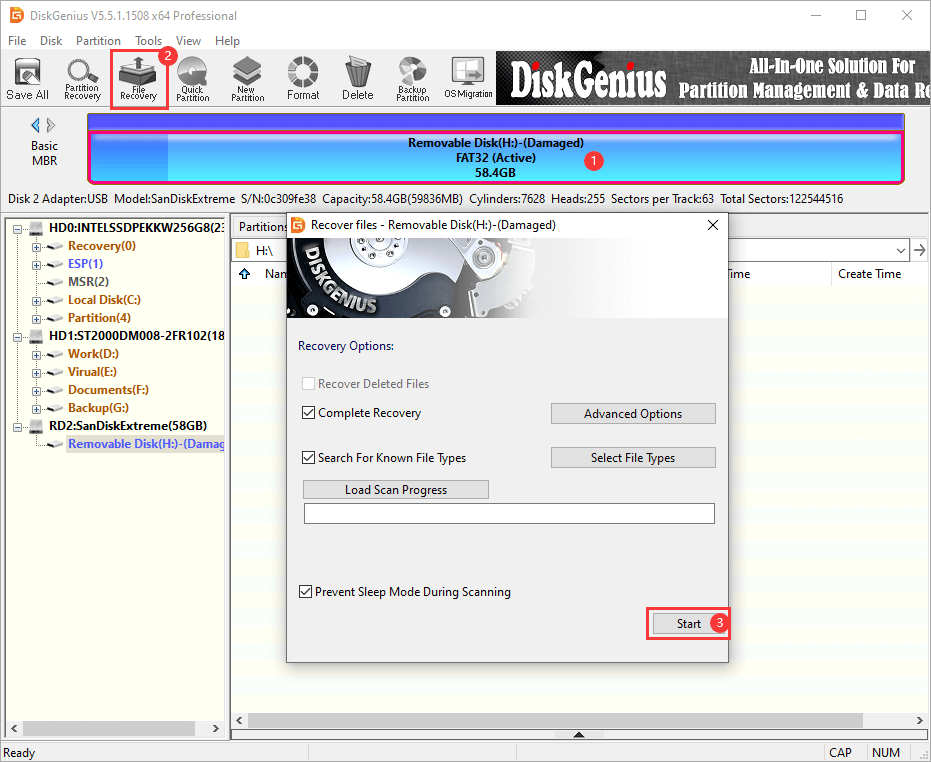
Step 2. DiskGenius is running a quick and deep scan fo the USB drive, and many files have been found during the scanning.
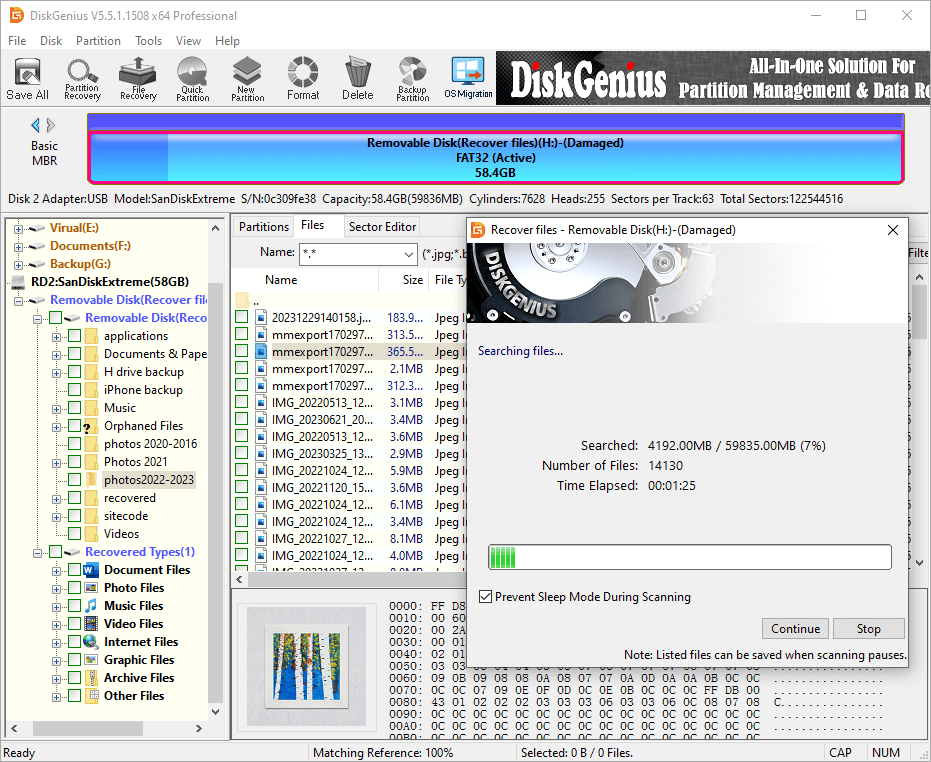
Step 3. Preview and filter recoverable files. You can preview files displayed during or after the scanning process to identify what you want to recover. Also, you can filter files by file type, name, size, modify time, etc. to locate files quickly.
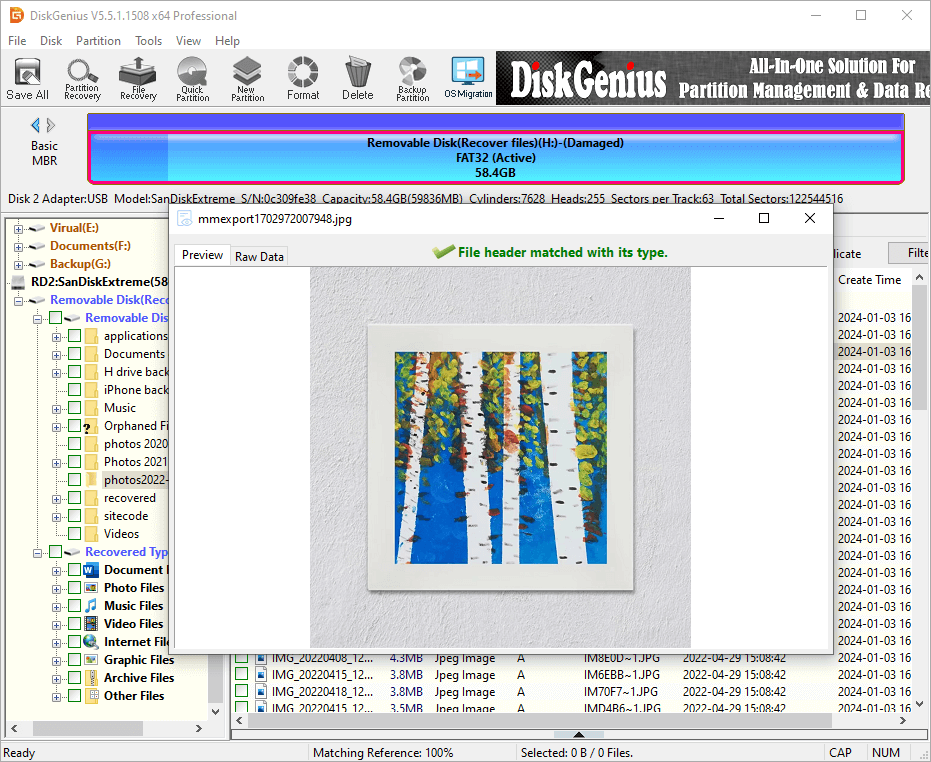
Step 4. Recover data from the damaged USB drive. Select all files and folders that are important to you and right-click on them to choose "Copy To", after which you can save these files to a different drive.
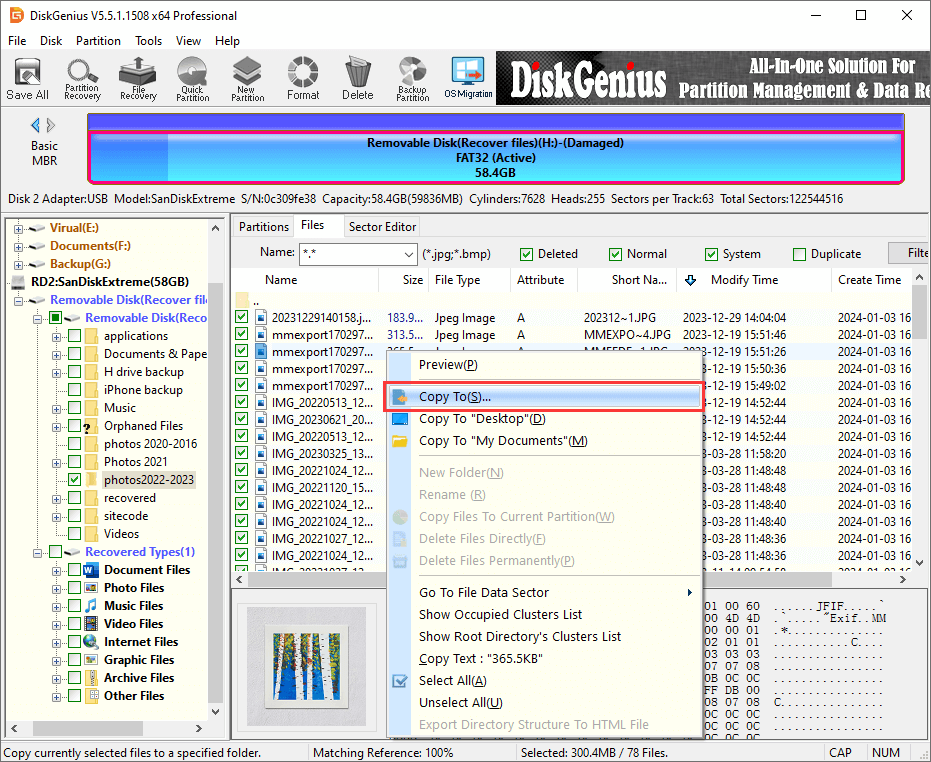
Conclusion
This article explains a couple of solutions which have been proved to be effective by many users, and we hope these methods can help you fix the USB device not recognized issue. If you are facing issues like hard drive not showing up, RAW drives, crashed hard disks, computer not recognizing external hard drives, damaged SSDs, SD card not detecting, USB not working, etc., you can refer to our previous tutorials. If the USB drive not showing up issue is caused by physical damages, you may need to replace it with a new one. Should you have any suggestions or questions related on this issue, please feel free to comment or email our support team.






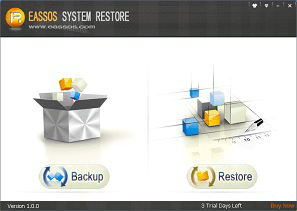
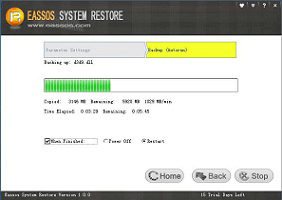
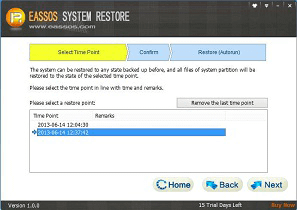
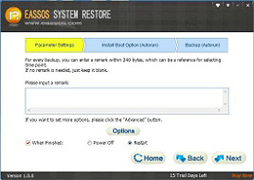
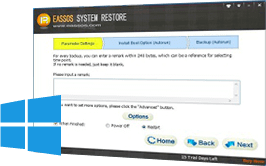

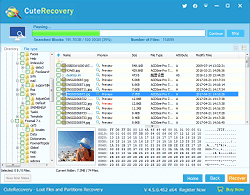
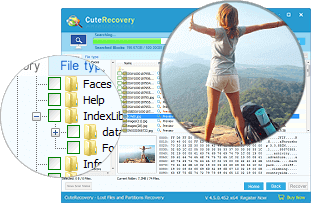
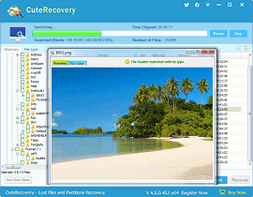
























 Facebook
Facebook X
X Youtube
Youtube